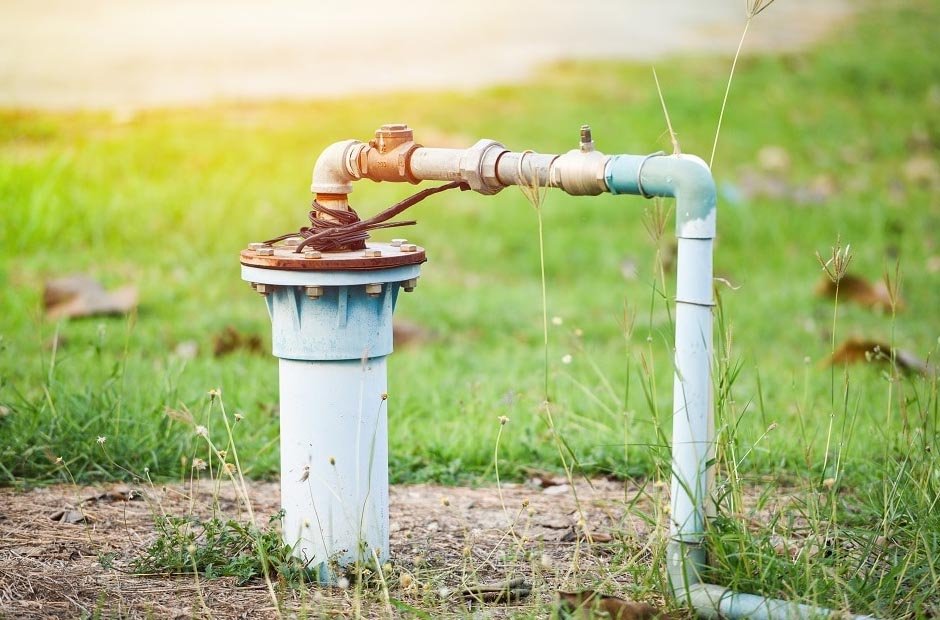In today’s era of increasing environmental concerns, ensuring the purity of our water sources is of paramount importance. Well water is a widely used resource, especially in rural areas, but it is not immune to contamination. This article delves into the various common well water contaminants that households may encounter and shines a light on effective well water filtration systems as a reliable line of defense for your most essential resource.
The Pervasive Threats: Identifying Common Well Water Contaminants
Bacteria and Microorganisms
Well water can become a breeding ground for harmful bacteria and microorganisms. Coliform bacteria, for instance, are indicators of potential fecal contamination. Other microorganisms like E. coli can pose severe health risks if present in your water supply. Common symptoms of consuming water contaminated with bacteria include:
- Diarrhea
- Vomiting
- Nausea
- Abdominal cramps
- Fever
In severe cases, bacterial contamination can lead to more serious health problems, such as kidney failure and meningitis.
Heavy Metals
The presence of heavy metals such as arsenic, lead, and mercury in well water is a significant concern. Prolonged exposure to these metals can lead to various health issues, including:
- Arsenic: Skin problems, cancer, neurological problems
- Lead: Developmental delays in children, learning disabilities, kidney damage
- Mercury: Nervous system damage, tremors, memory loss
It is crucial to test your well water for heavy metals regularly, especially if you live in an area with a history of mining or industrial activity.
Nitrates and Nitrites
Agricultural runoff and the use of fertilizers contribute to elevated levels of nitrates and nitrites in well water. High concentrations of these compounds can lead to methemoglobinemia, also known as “blue baby syndrome,” particularly in infants. Symptoms of methemoglobinemia include:
- Bluish-tinged skin, especially around the lips and fingernails
- Difficulty breathing
- Dizziness
- Headache
- Fatigue
If you have an infant in your household, it is essential to ensure that your well water is nitrate-free.
Chemical Contaminants
Well water may also be susceptible to contamination by industrial chemicals, pesticides, and herbicides. These chemical contaminants can have adverse effects on both human health and the environment. Some of the potential health risks associated with chemical contamination in well water include:
- Cancer
- Reproductive problems
- Birth defects
- Endocrine disruption
- Immune system problems
If you live near industrial facilities or agricultural land, it is important to have your well water tested for chemical contaminants regularly.
Safeguarding Your Water Supply: Effective Filtration Methods
Now that we understand the common threats lurking in our wells, let’s explore some effective ways to combat them and ensure the safety of our water supply.
UV Filtration
Ultraviolet (UV) filtration is a powerful method for eliminating harmful microorganisms from well water. UV light disrupts the DNA of bacteria, viruses, and other pathogens, rendering them incapable of reproduction. This method provides a reliable and chemical-free approach to disinfecting your water supply.
Benefits of UV Filtration:
- Effective against a wide range of microorganisms
- Chemical-free
- Low maintenance
- Relatively affordable
Drawbacks of UV Filtration:
- Does not remove chemical contaminants or heavy metals
- Requires electricity to operate
- May not be effective if water is cloudy or turbid
Activated Carbon Filtration
Activated carbon filtration is highly effective in removing impurities like chlorine, volatile organic compounds (VOCs), and unpleasant odors from well water. This porous material adsorbs contaminants, ensuring cleaner and better-tasting water.
Benefits of Activated Carbon Filtration:
- Improves taste and odor of water
- Removes chlorine and VOCs
- Can be used in conjunction with other filtration methods
Drawbacks of Activated Carbon Filtration:
- Does not remove heavy metals or nitrates
- Can become saturated over time and need to be replaced
Reverse Osmosis
For tackling heavy metals, nitrates, and other dissolved solids, reverse osmosis proves to be a robust solution. This process uses a semi-permeable membrane to remove contaminants, producing water of exceptional purity.
Benefits of Reverse Osmosis:
- Removes a wide range of contaminants, including heavy metals, nitrates, and bacteria
- Produces high-quality drinking water
- Can be used in conjunction with other filtration methods
Drawbacks of Reverse Osmosis:
- Requires high water pressure to operate
- Can be expensive to install and maintain
- Produces wastewater that needs to be properly disposed of
Ion Exchange
Ion exchange is particularly beneficial in addressing water hardness caused by minerals like calcium and magnesium. These minerals can cause scale buildup in pipes and appliances, reducing their efficiency and lifespan. They can also make soap and detergents less effective, leading to soap scum and residue.
How Ion Exchange Works:
Water containing hardness minerals flows through a tank filled with resin beads. These beads are coated with sodium ions. As the water passes through the beads, the calcium and magnesium ions swap places with the sodium ions, attaching themselves to the beads and leaving the water softened.
Benefits of Ion Exchange:
- Softens water, improving the efficiency of appliances and reducing scale buildup
- Improves the lathering and effectiveness of soap and detergents
- Can be used in conjunction with other filtration methods
Drawbacks of Ion Exchange:
- Does not remove heavy metals or nitrates
- May increase sodium levels in water, which can be a concern for people on sodium-restricted diets
- Requires periodic regeneration of the resin beads with a salt solution
Choosing the Right Filtration Method
The best filtration method for your well water will depend on the specific contaminants present in your water. It is important to have your water tested by a qualified laboratory to determine the types and levels of contaminants present. Once you know what you are dealing with, you can choose the filtration method that is most effective at removing those contaminants.
In addition to the filtration methods mentioned above, there are a few other things you can do to protect your well water from contamination:
- Seal the well properly to prevent surface water from entering.
- Regularly inspect and maintain your well system.
- Do not dispose of hazardous materials down the well.
- Plant trees and shrubs around your well to help filter runoff.
By taking these steps, you can help ensure that your well water is safe and clean for drinking, cooking, and bathing.
















